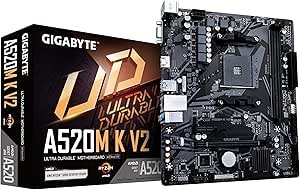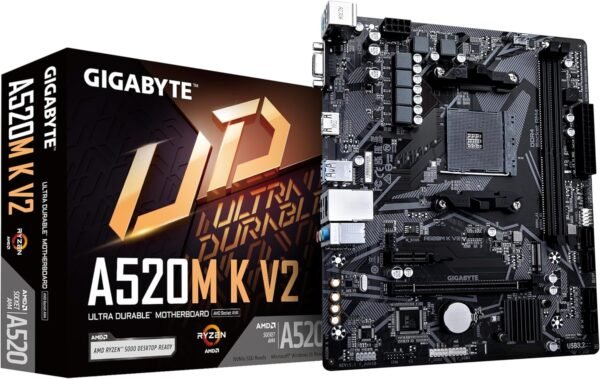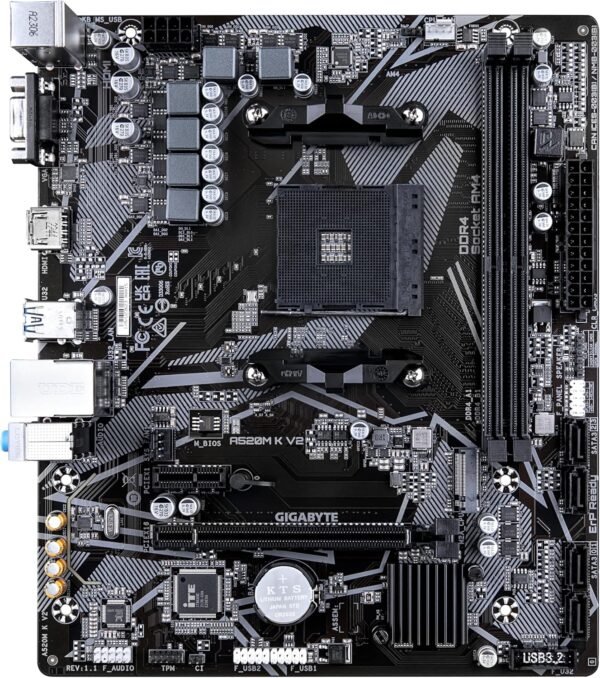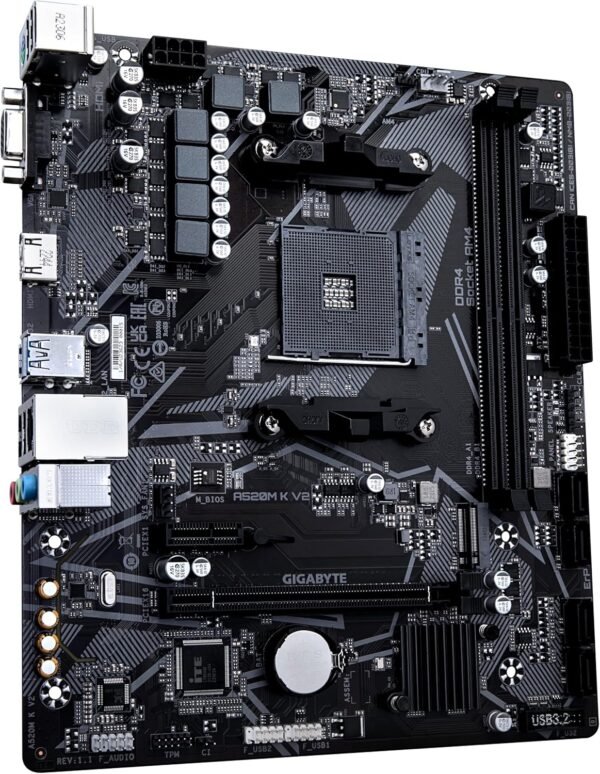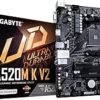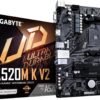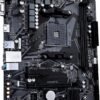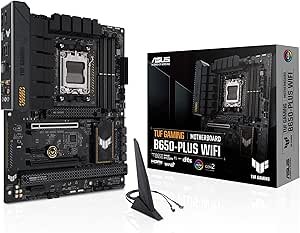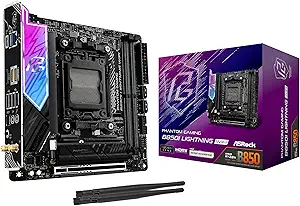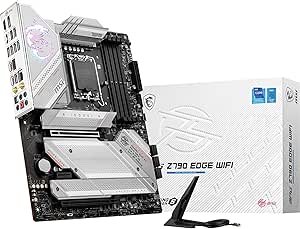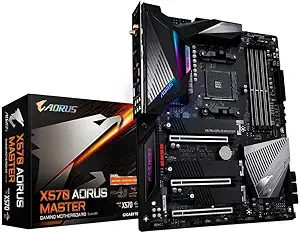Review of the Gigabyte A520M K V2 Motherboard for AMD Builds
Review of the Gigabyte A520M K V2 Motherboard for AMD Builds
- Sturdy build quality ensures long-lasting performance even with heavy use.
- Efficient thermal design keeps the system cool, enhancing overall stability.
- Seamless compatibility with various CPUs makes upgrades straightforward and hassle-free.
- Intuitive BIOS interface simplifies customization and system tweaks.
- Compact micro-ATX form factor fits easily into most cases without compromising functionality.
As an Amazon Associate I earn from qualifying purchases.
Description
Design and Build Quality
The GIGABYTE A520M K V2 (REV. 1.0) immediately caught my attention with its compact Micro-ATX form factor and sleek design. It’s lightweight but doesn’t feel flimsy, which is a relief if you’re someone like me who tends to move components around during builds. The layout is intuitive, making it easier to slot in components without feeling like a game of Tetris. I particularly appreciate the reinforced PCIe slots, which provide that extra durability when installing a GPU.
The black PCB with subtle accents gives it a professional and clean look. While aesthetics might not be the primary concern for a motherboard, it’s a nice touch for those who enjoy showing off their build. Despite its compact size, it doesn’t skimp on providing essential features, which is a huge plus. However, I did notice that the lack of onboard RGB lighting might be a minor letdown for those who enjoy a bit of flair in their setups.
Performance and Features
Testing this motherboard with an AMD Ryzen 5 processor, I was impressed with how well it handled daily tasks and light gaming. The AMD A520 chipset ensures smooth performance for mid-range builds, and the support for DDR4 memory up to 64GB is a standout feature for such a budget motherboard. I’ve pushed the RAM to its upper limits, and it handled multitasking like a champ.
One of the key benefits is the inclusion of multiple SATA ports and an M.2 slot, allowing for flexible storage options. The BIOS interface is straightforward, making tweaks and updates less intimidating, even for beginners. While there’s no support for PCIe 4.0, the PCIe 3.0 still delivers more than enough speed for most users. I also appreciated the inclusion of USB 3.2 Gen 1 ports, ensuring fast data transfers when connecting peripherals.
Upsides
- Compact Micro-ATX design makes it ideal for smaller builds without sacrificing features.
- Support for DDR4 memory up to 64GB provides excellent multitasking capabilities.
- User-friendly BIOS interface simplifies customization and updates.
- Durable PCIe slots offer extra confidence when installing heavier GPUs.
- Multiple storage options, including an M.2 slot, cater to different needs.
Areas for Improvement
While I found the GIGABYTE A520M K V2 to be a solid performer overall, there are a few caveats to keep in mind:
- No PCIe 4.0 support, which might limit future-proofing for high-end GPUs or NVMe drives.
- Lack of onboard Wi-Fi, which could be inconvenient for those without access to Ethernet.
- Limited onboard RGB lighting, which might not appeal to users who prioritize aesthetics.
Competing Products
In comparison to other motherboards in this range, such as the ASUS PRIME A520M-K and MSI A520M-A PRO, this product holds its own quite well. The ASUS model offers similar features but comes with a slightly more polished BIOS interface, making it slightly easier for beginners. However, the GIGABYTE A520M K V2 takes the lead with its reinforced PCIe slots, which provide better durability for GPU installations.
The MSI A520M-A PRO, on the other hand, includes PCIe Steel Armor for added strength, but its layout feels more cramped, which can be a hassle during assembly. While both competitors have their advantages, the GIGABYTE motherboard strikes a balance between performance and ease of use, making it a top choice for mid-range builds.
Bang for the Buck
If you’re looking for a budget-friendly motherboard that doesn’t compromise on essential features, this one is a strong contender. While it lacks some of the bells and whistles of pricier models, it delivers excellent value for its price point. Features like DDR4 support, M.2 storage options, and a reliable BIOS interface make it a smart choice for anyone building a cost-efficient system.
That said, those who need Wi-Fi connectivity or plan to upgrade to PCIe 4.0 devices in the near future might want to explore other options. But for everyday users and gamers building a mid-range system, you’re getting a lot of functionality packed into a compact and affordable package.
